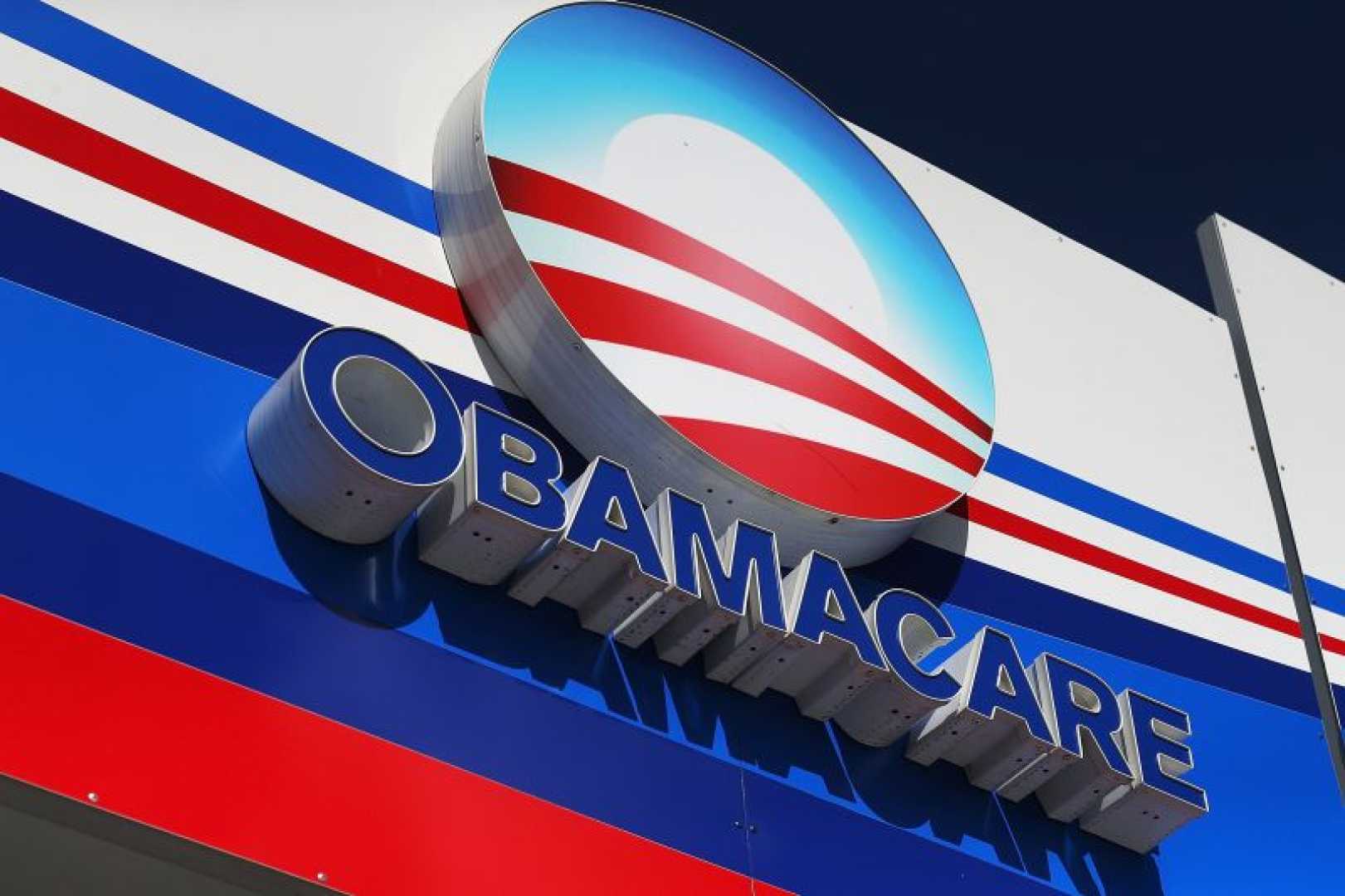Health
Health Insurance Premiums Set to Spike in 2026 Amid Subsidy Expirations

Washington, D.C. — Health insurance premiums for individuals enrolled in Affordable Care Act (ACA) plans are expected to rise sharply in 2026, largely due to the impending expiration of enhanced federal subsidies. Insurers have proposed a median rate increase of 15%, the highest jump since 2018, according to a recent analysis by the Peterson Center on Healthcare and KFF.
The proposed increases stem from a combination of rising healthcare costs and significant policy changes. Insurers cite the growing costs associated with medical care, including fees for hospitalizations and prescription drugs, as primary factors behind the premium hikes. The Centers for Medicare and Medicaid Services (CMS) recently finalized new rules that alter how ACA Marketplaces function, which are believed to affect premium rates.
“The out-of-pocket change for individuals will be immense, and many won’t be able to make ends meet,” said JoAnn Volk, co-director of the Center on Health Insurance Reforms at Georgetown University. “This may lead to many going uninsured if premiums become unaffordable.”
For the last five years, federal subsidies have significantly reduced premium costs for many enrollees. However, if Congress does not act to extend these enhanced tax credits by the end of 2025, most consumers will face much higher premiums beginning in January 2026. Currently, insurers are projecting an additional average increase of 4% specifically linked to the potential expiration of these tax credits.
The primary impact of these anticipated changes would affect an estimated 24 million people who rely on ACA plans, as they would likely experience a combination of rising premiums and reduced subsidies. Some insurers anticipate losing healthier enrollees, exacerbating risks and costs for remaining insured individuals. “If higher subsidies expire, insurance premiums will be among the first financial pains felt by consumers,” added Volk.
Insurers from 20 markets across 19 states and the District of Columbia have submitted their preliminary rate filings, indicating various increases ranging from 10% to over 20%. The proposed increases vary widely; for instance, New York has seen requests from insurers asking for changes as low as 1% to as high as 66%. “We are seeing the most significant premium increases we’ve tracked in over five years, highlighting the ongoing instability in the market,” said Cynthia Cox, a KFF vice president.
Discussions are ongoing in Congress regarding potential measures to mitigate the impact of subsidy reductions. Some lawmakers are considering alternative solutions, which might allow extended assistance for income levels above current caps. However, any new proposals face considerable political hurdles.
Finalized premium rates for 2026 are expected to be published later this summer, just before the open enrollment period begins on November 1. Consumers will need to prepare for potentially significant changes in their health insurance costs as they navigate their options.












